#ASTROPHYSICS
Text


#astronomy#nasa#astronomers#universe#nasa photos#astrophotography#outer space#astrophysics#nasawebb#hubble space telescope#moon photography#moon craters#moon landing#moon phases#harvest moon#full moon#space travel#international space station#space science#space exploration#space#astronomy facts#our universe#the universe#nasa astronauts#nasa science#science facts#planetary science#science#planetary nebula
50 notes
·
View notes
Text
WHAT HAPPENS TO A HUMAN BODY IN SPACE??
Blog#438
Saturday, September 21st, 2024.
Welcome back,
On the ISS, or spacecraft that have flown into space, the force of gravity is much weaker than on the earth. As a result, many people show symptoms of "space sickness," such as headaches, nausea, and vomiting. When we are on the earth, we are strongly affected by the force of gravity. We have a small organ called the vestibular organ deep inside our ears (in the inner ear) that plays a key role in keeping our bodies balanced.

This organ converts information on gravity and acceleration experienced by the body into electrical signals and sends them to the brain. While on the earth, the brain always receives gravity information from the vestibular organs, and uses it to keep the body balanced.
In the low gravity of space, the information received from the vestibular organs changes. This is thought to confuse the brain, leading to space sickness. But this condition does not continue for very long. If you stay for a few days in space, your brain adjusts its interpretation of the vestibular information, so the space sickness goes away.

There are individual differences in the severity of space sickness, and some people don't experience it at all. When you return to earth, you experience the effects of earth's gravity again, and thus "gravity sickness" sometimes occurs, with similar symptoms as space sickness.
Blood and other bodily fluids are pulled by gravity into the lower body. When you go to space, gravity weakens and thus fluids are no longer pulled down, resulting in a state where fluids accumulate in the upper body. This is why the face swells in space. The mucous membranes of the nose also swell, so astronauts often have congested noses. If you stay for a while in space, the fluids in your body balance out, and facial swelling typically begins to disappear after a few weeks.

Conversely, astronauts returning to earth often experience dizziness when standing up, known as orthostatic hypotension. This occurs because gravity on the earth is stronger than in space, and it is more difficult to deliver blood from the heart to the head. In space, blood can be delivered with less force, so weakening of the heart muscles may also be a cause of dizziness when standing.
If you stay for a long time in space, your muscles and bones will weaken, primarily in the legs and lower back. Gravity always acts on you while you're on the earth, so even if you're not really conscious of resisting gravity, you're always using the muscles of your lower body.

In space, where gravity is very weak, posture can be maintained without standing on your legs, and there's no need to use your legs to move about. Muscles weaken and bone mass decreases if you stay for a long time in space.
Therefore, research is underway to verify, in space, the effects of existing drugs for preventing bone loss by astronauts. Also, to prevent weakening of muscle and bone, astronauts exercise for about two hours a day during their stay on the International Space Station (ISS).

The surface of the earth is enveloped by the atmosphere. This atmosphere provides the oxygen we need to breathe, and also protects organisms from the UV rays and radiation that impinge on the earth. Astronauts who stay in space, where there is almost no atmosphere, are exposed to higher energy radiation than on the earth. If a person is exposed to a lot of higher energy radiation, the risk increases that they will develop diseases such as cancer.
At JAXA, we work hard to keep space radiation exposure below a specified level, and thereby prevent astronauts from developing health problems.
Originally published on https://humans-in-space
COMING UP!!
(Wednesday, September 25th, 2024)
"DID EARTH JUST GOT A SECOND MOON??"
#astronomy#outer space#alternate universe#astrophysics#universe#spacecraft#white universe#space#parallel universe#astrophotography
39 notes
·
View notes
Text
just wanted to share some pics i got of the moon last night from my telescope !!



i think its so cool that you can see all the craters and bumps just using my iphone camera. makes me wonder how good a photo i could get with a proper camera
#moon#full moon#astronomy#astrophotography#astroblr#astrophysics#thats what i'm going to be studying in uni#space#outer space#solar system#i like space#moon photography#photography#space photography#cosmos#the universe
24 notes
·
View notes
Text

The Moon and All the Crashes - September 19th, 1996.
"A clear blue summer sky finally grows dark and the new telescope, hastily set up in the backyard, generates excitment and anticipation. "I bought it for the kids..." Dad assures himself as he over-anxiously supervises the two young boys' efforts to center a bright, first quarter Moon, in the finder. The evening's first target acquired, James adjusts the focus knob and falls silent. Suddenly, "Wow, looks just like on Apollo 13!" His younger brother Christopher takes his turn. "Do you see the Moon?" James asks, eager to provide guidance based on his own observing experience. Christopher echoes his brother's enthusiasm, "Yes, and I see all the crashes too!" The view they shared was not too different from the above image of a six day old Moon, recorded in July, 1995, by Rhode Island amateur astronomer Jim Hendrickson. Along the terminator, the line between lunar night and day, the shadows outline to advantage the spectacular craters - caused by all the crashes."
25 notes
·
View notes
Text

Brooke Bond Tea cards. Phases of the Moon - 1956.
#vintage illustration#science#the planets#the solar system#astronomy#space#space travel#space exploration#sol#the sun#the moon#lunar#solar#celestial mechanics#astrophysics#gravity#planets#outer space
22 notes
·
View notes
Text
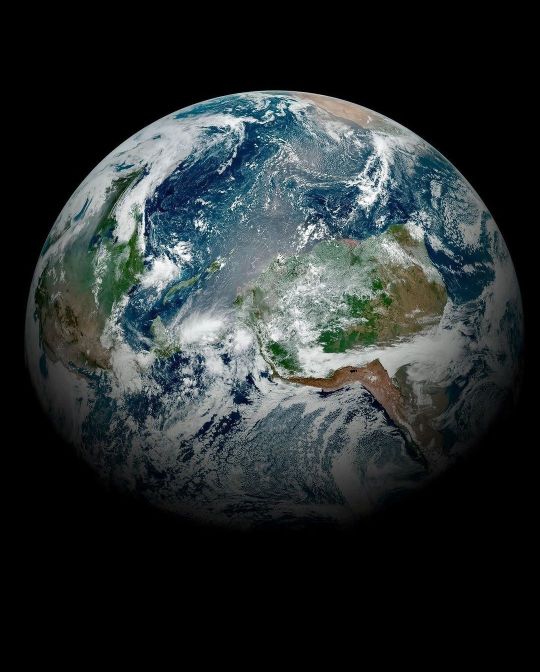
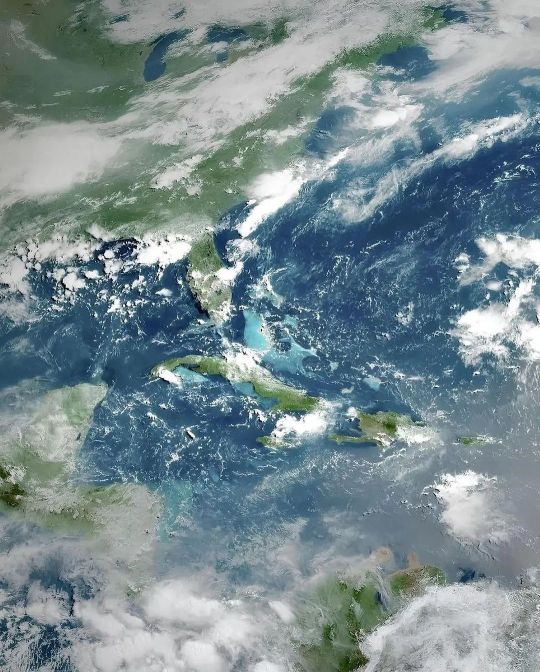


astrophysicsmania
#NASA’s GOES satellite has captured the most recent view of Earth from one million miles away — revealing conditions over America and the Atlantic in remarkable detail 🤩🌎
The central turquoise areas are shallow seas around the Caribbean islands. This Earth image shows the effects of sunlight scattered by air molecules, giving the image a characteristic bluish tint.
#earth#nasa#satellite imagery#astronomy#seas#ocean#our home#photography#beautiful#galaxy#viral#trending#astro#astrophysicsmania#physics#astrophysics#explore#science#explorepage#learn#spacex
21 notes
·
View notes
Text

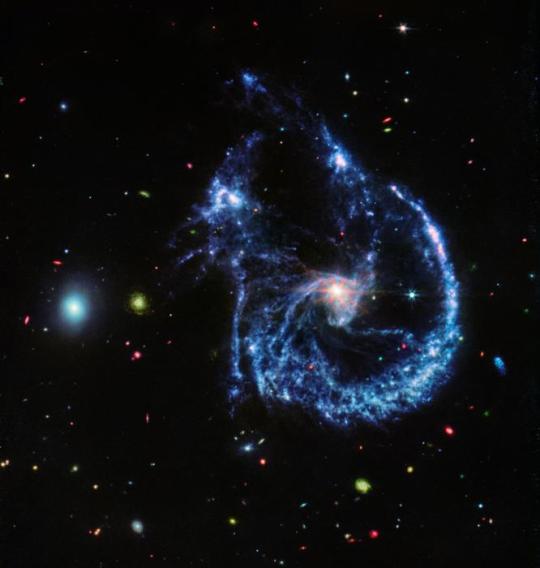
NASA’s Webb provides another look into galactic collisions
mile for the camera! An interaction between an elliptical galaxy and a spiral galaxy, collectively known as Arp 107, seems to have given the spiral a happier outlook thanks to the two bright “eyes” and the wide semicircular “smile.” The region has been observed before in infrared by NASA’s Spitzer Space Telescope in 2005, however NASA’s James Webb Space Telescope displays it in much higher resolution. This image is a composite, combining observations from Webb’s MIRI (Mid-Infrared Instrument) and NIRCam (Near-Infrared Camera).
NIRCam highlights the stars within both galaxies and reveals the connection between them: a transparent, white bridge of stars and gas pulled from both galaxies during their passage. MIRI data, represented in orange-red, shows star-forming regions and dust that is composed of soot-like organic molecules known as polycyclic aromatic hydrocarbons. MIRI also provides a snapshot of the bright nucleus of the large spiral, home to a supermassive black hole.
The spiral galaxy is classified as a Seyfert galaxy, one of the two largest groups of active galaxies, along with galaxies that host quasars. Seyfert galaxies aren’t as luminous and distant as quasars, making them a more convenient way to study similar phenomena in lower energy light, like infrared.
This galaxy pair is similar to the Cartwheel Galaxy, one of the first interacting galaxies that Webb observed. Arp 107 may have turned out very similar in appearance to the Cartwheel, but since the smaller elliptical galaxy likely had an off-center collision instead of a direct hit, the spiral galaxy got away with only its spiral arms being disturbed.
The collision isn’t as bad as it sounds. Although there was star formation occurring before, collisions between galaxies can compress gas, improving the conditions needed for more stars to form. On the other hand, as Webb reveals, collisions also disperse a lot of gas, potentially depriving new stars of the material they need to form.
Webb has captured these galaxies in the process of merging, which will take hundreds of millions of years. As the two galaxies rebuild after the chaos of their collision, Arp 107 may lose its smile, but it will inevitably turn into something just as interesting for future astronomers to study.
Arp 107 is located 465 million light-years from Earth in the constellation Leo Minor.
The James Webb Space Telescope is the world’s premier space science observatory. Webb is solving mysteries in our solar system, looking beyond to distant worlds around other stars, and probing the mysterious structures and origins of our universe and our place in it. Webb is an international program led by NASA with its partners, ESA (European Space Agency) and CSA (Canadian Space Agency).
TOP IMAGE: This composite image of Arp 107, created with data from the James Webb Space Telescope’s NIRCam (Near-Infrared Camera) and MIRI (Mid-Infrared Instrument), reveals a wealth of information about the star-formation and how these two galaxies collided hundreds of million years ago. Credit NASA, ESA, CSA, STScI
LOWER IMAGE: This image of Arp 107, shown by Webb’s MIRI (Mid-Infrared Instrument), reveals the supermassive black hole that lies in the center of the large spiral galaxy to the right. This black hole, which pulls much of the dust into lanes, also display’s Webb’s characteristic diffraction spikes, caused by the light that it emits interacting with the structure of the telescope itself. Credit NASA, ESA, CSA, STScI
17 notes
·
View notes
Text
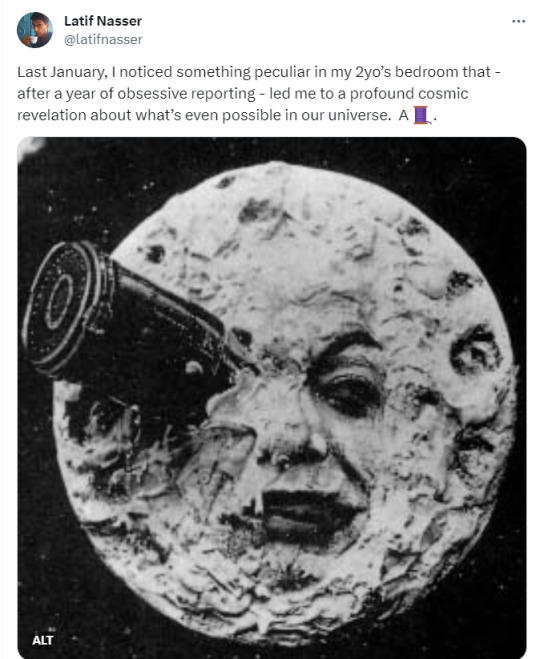

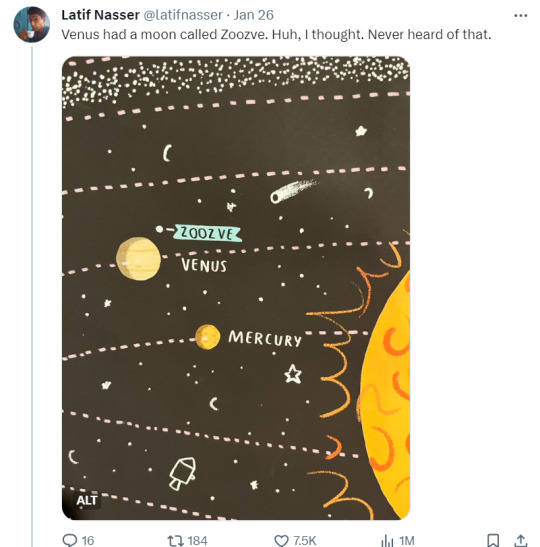
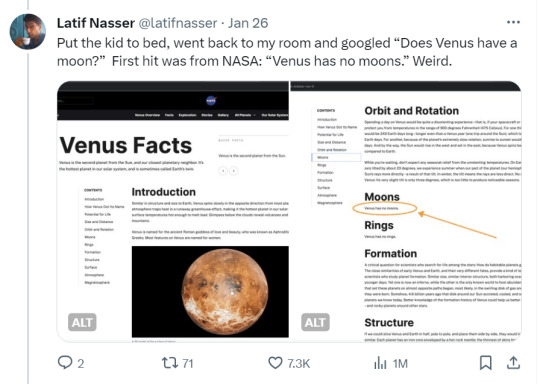
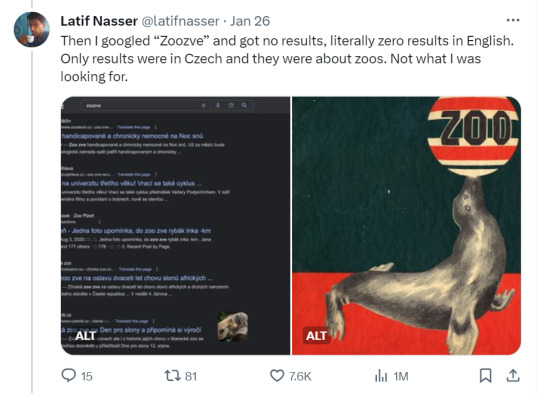
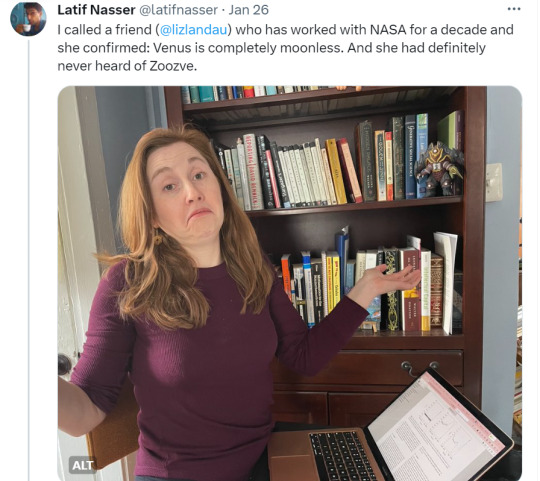



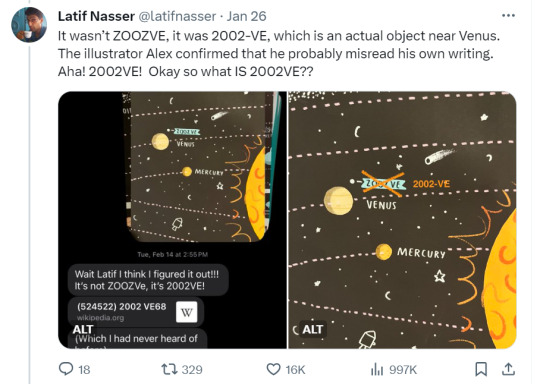


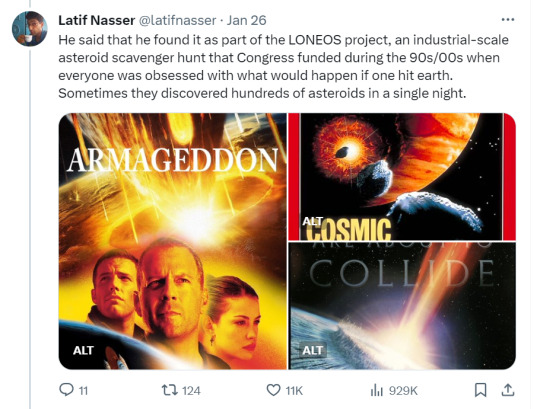

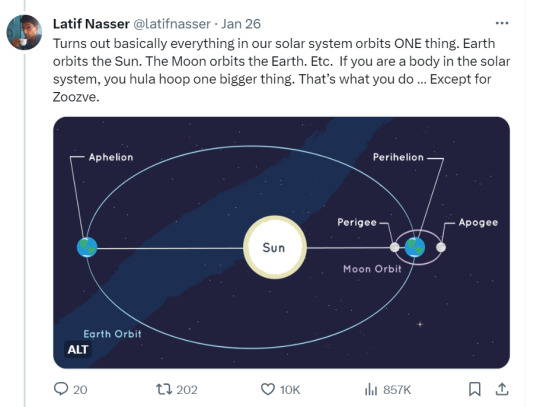
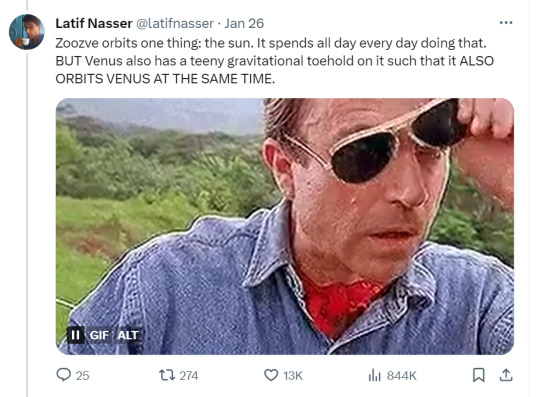
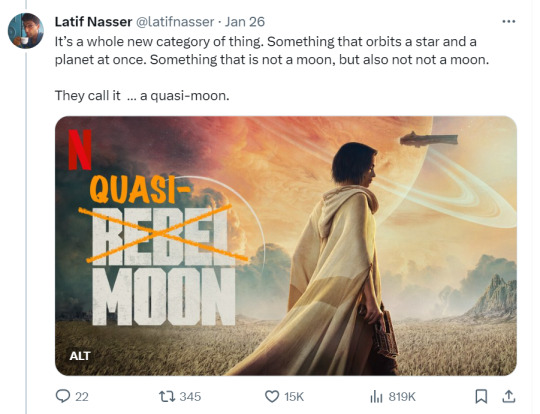



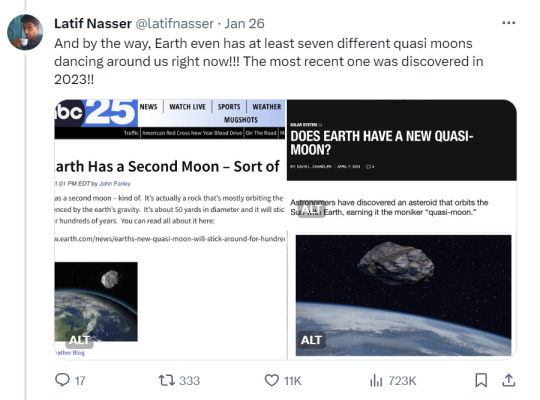

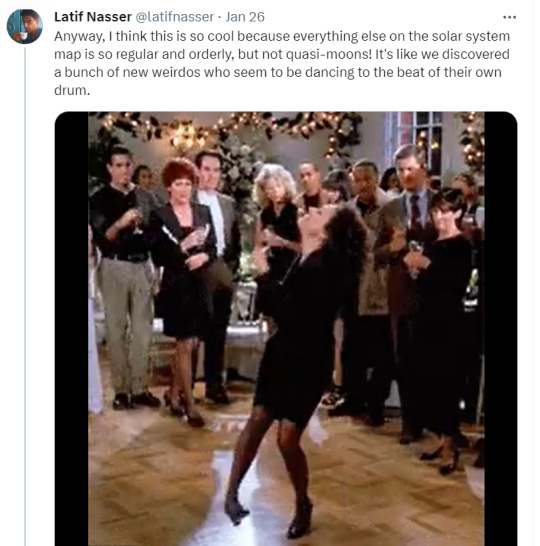
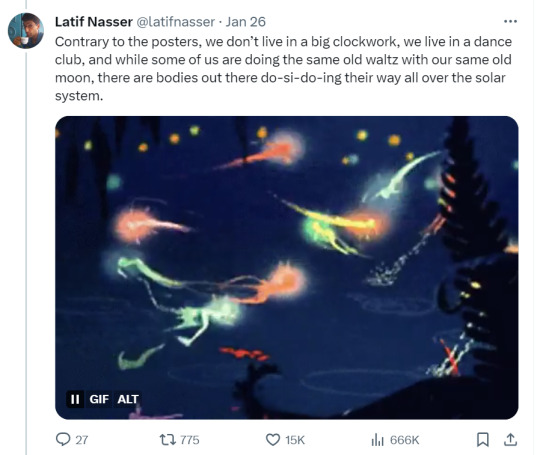
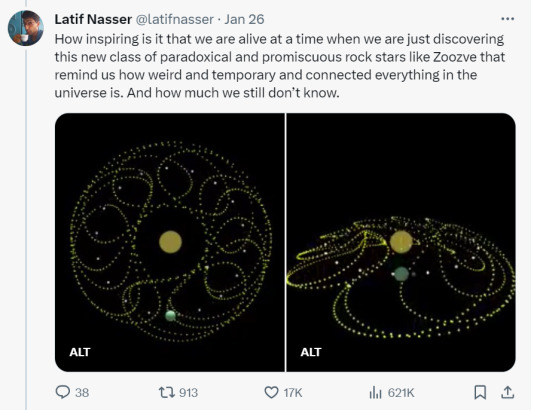
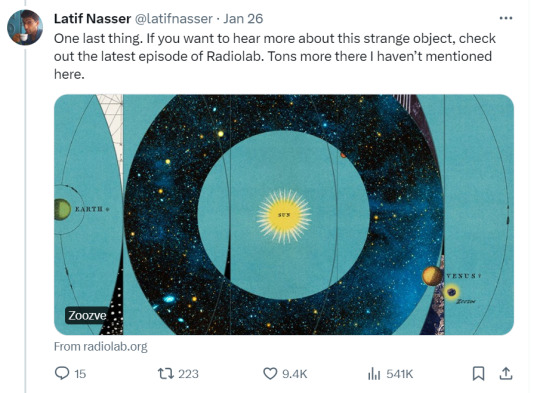
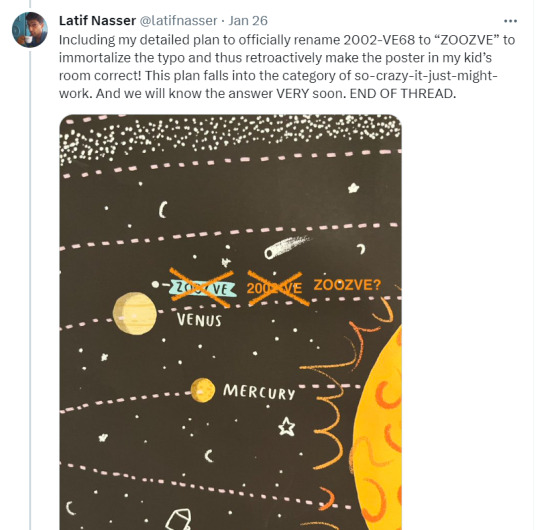
Zoozve, my beloved
#i cannot tell you how much this made me smile just bc it's so full of love#moon#venus#zoozve#long post#sorry about that it's very long but it's very entertaining i hope you enjoy this lil zoozve gem haha#astronomy#astrophysics#space
126K notes
·
View notes
Text
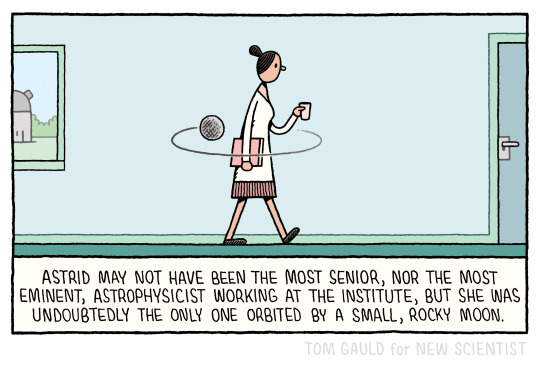
My latest cartoon for New Scientist.
11K notes
·
View notes
Text


by babaktafreshi
#perseids#shooting stars#night sky#milky way#galaxy#astrophotography#astrophysics#astronomy#meteor#meteor shower#nature#naturecore#curators on tumblr#up
4K notes
·
View notes
Text
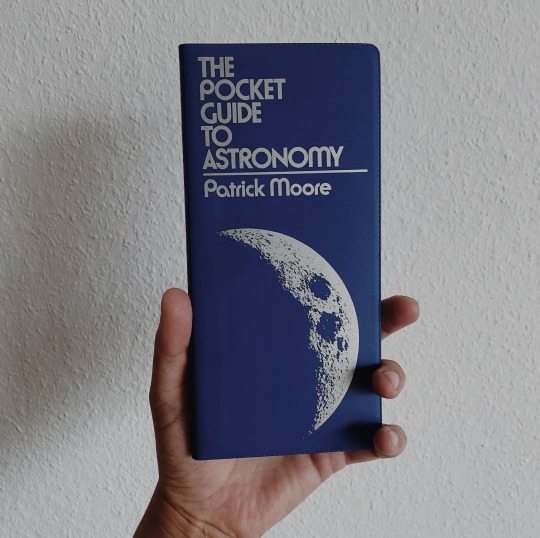
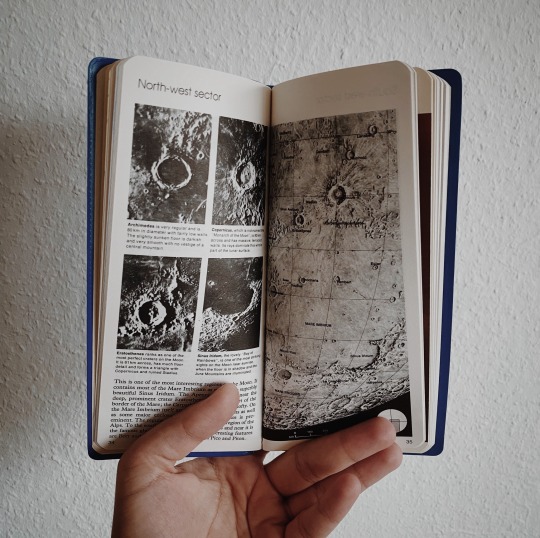
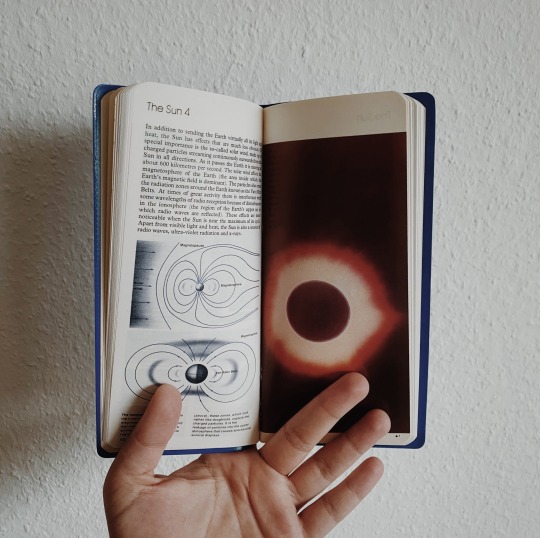


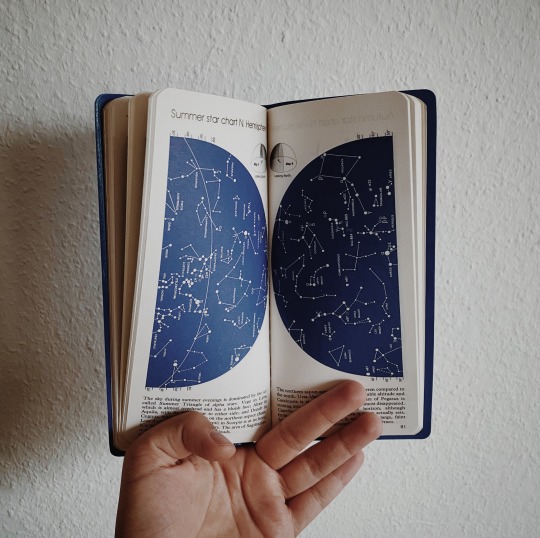
bought this gem secondhand and can’t get over how stunning it is 🪐 reblog is okay, don’t repost/use
#my photos#space science#study space#space#outer space#astronomy#science#stem#stemblr#astrophysics#books#book cover#bookworm#booklover#bookaddict#bookaholic#book aesthetic#bookblr#book blog#studyblr#academia#stem academia#stem aesthetic#light academia#light academia aesthetic
5K notes
·
View notes
Text
Extremely Rare shot
Jupiter-bound JUICE probe snaps photo of Earth, the moon and Uranus

#juice#astronomy#nasa#astronomers#universe#nasa photos#astrophotography#outer space#astrophysics#nasawebb#hubble space telescope#jupiter planet#jupiter moon#planet jupiter#jupiter moons#beautiful earth#mother earth#planet earth#earth#space exploration#space#science#sky#space science#james webb space telescope#our universe#the universe#nasa science#science facts#planetary science
26 notes
·
View notes
Text
NASA is serious
Also NASA:
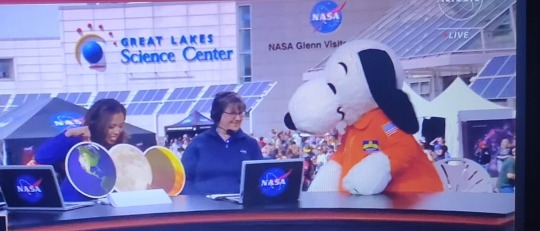
I love NASA
3K notes
·
View notes
Text








Images to Celebrate NASA’s Chandra 25th Anniversary
These images, which all include data from Chandra, demonstrate how X-ray astronomy explores all corners of the universe. By combining X-rays from Chandra with other space-based observatories and telescopes on the ground, as many of these images do, astronomers can tackle the biggest questions and investigate long-standing mysteries across the cosmos.
On July 23, 1999, the space shuttle Columbia launched into orbit carrying Chandra, which was then the heaviest payload ever carried by the shuttle. With Commander Eileen Collins at the helm, the astronauts aboard Columbia successfully deployed Chandra into its highly elliptical orbit that takes it nearly one-third of the distance to the Moon.
X-rays are an especially penetrating type of light that reveals extremely hot objects and very energetic physical processes. Many fascinating regions in space glow strongly in X-rays, such as the debris from exploded stars and material swirling around black holes. Stars, galaxies, and even planets also give off X-rays that can be studied with Chandra.
NASA/SAO/CXC
2K notes
·
View notes
Text

The Great Comet of 1881. From The Trouvelot Astronomical Drawings Manual (1882) by Étienne Léopold Trouvelot.
#19th century#astronomy#space#night sky#observatory#science#nature#comet#1880s#night#stars#earth#life#astrophysics#solar system#aesthetic#cosmos#universe#⋆₊ ⊹★🔭๋࣭ ⭑⋆。˚༘
1K notes
·
View notes
Text


1. The November Meteors, chromolithograph from the Trouvelot Astronomical Drawings, 1882 - 2. Leonid Meteor Storm seen in November 1833, from the Bilderatlas der Sternenwelt.
#art#stars#astrophysics#night#aesthetic#science#meteor#meteor shower#chromolithograph#1833#astronomy#1882#1888#tale#paintings
2K notes
·
View notes